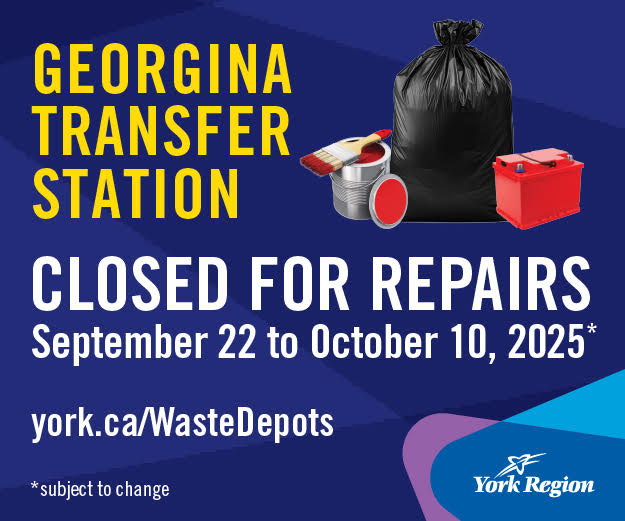
OTTAWA — Prime Minister Justin Trudeau announced changes to Canada’s sick-leave benefits under employment insurance Wednesday, to respond to concerns about COVID-19.
Here is a quick overview of how the program works and what these changes mean:
What are EI sick-leave benefits?
Eligible workers with no or limited paid-leave benefits through their employers can apply for up to 15 weeks of employment insurance if they cannot work for medical reasons such as cancer, a broken leg, or in this case, being quarantined in a public-health threat.
How is the government adjusting the program for COVID-19?
Normally, a worker who qualifies for the benefits has a one-week waiting period before payments start, so if you’re quarantined for two weeks you’d only get sickness benefits for one of those weeks. For people quarantined due to COVID-19, the government is eliminating the waiting period entirely, so you can get EI benefits for an entire 14-day quarantine. The government previously waived the waiting period, which was then two weeks, during the 2003 SARS epidemic.
Who qualifies for EI sick-leave benefits?
Employed Canadians who pay EI premiums, and self-employed people who register to participate in the EI program, will qualify if they cannot work because of a medical condition, have lost at least 40 per cent of their usual weekly pay, and worked a minimum of 600 hours in the year before the claim or since their last EI claim. If you are self-employed and pay into EI, you have to wait at least 12 months after registering to make a claim.
Do I need a doctor’s note?
Normally a medical certificate signed by your doctor is required to get sick-leave benefits but a spokeswoman for Employment Minister Carla Qualtrough said the government is waiving the note for patients required to go into quarantine by law or by a public-health official. People who are asked to self-isolate by their employers when public-health officials recommend it can also qualify.
The exact documentation required is still evolving, said Health Minister Patty Hajdu, but she said the goal is to minimize the effort required of a person who needs to go into quarantine.
What happens if I get sick and the quarantine period is extended?
If you are put into quarantine as a precaution and aren’t sick then, but later do test positive for COVID-19, a signed medical certificate confirming the diagnosis will be required for you to receive sick-leave EI benefits beyond the initial period of the quarantine.
How much will I receive from EI sick leave?
The current EI payment is 55 per cent of your earnings up to a maximum of $573 a week.
What if I don’t qualify for EI sick-leave benefits?
At the moment there is no program but the government is “exploring additional measures” to provide some kind of income support for Canadians not eligible for EI sickness benefits.
How much does the government think it will cost to do this?
The government is budgeting $5 million to waive the one-week waiting period. However Qualtrough acknowledged the cost could change depending on how widespread the outbreak is in Canada.
This report by The Canadian Press was first published March 11, 2020.
Mia Rabson, The Canadian Press
- September 24, 2025 Issue - September 26, 2025
- September 10, 2025 Issue - September 10, 2025
- August 24, 2025 Issue - August 28, 2025











































